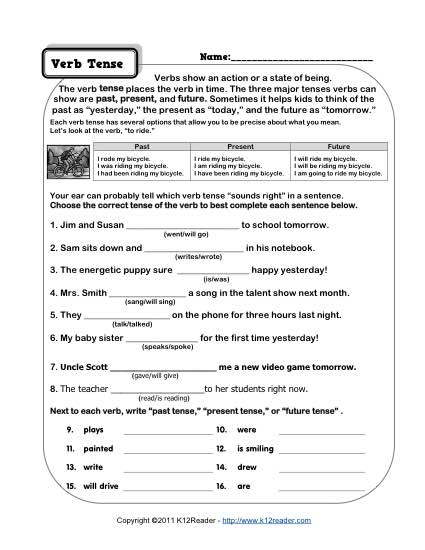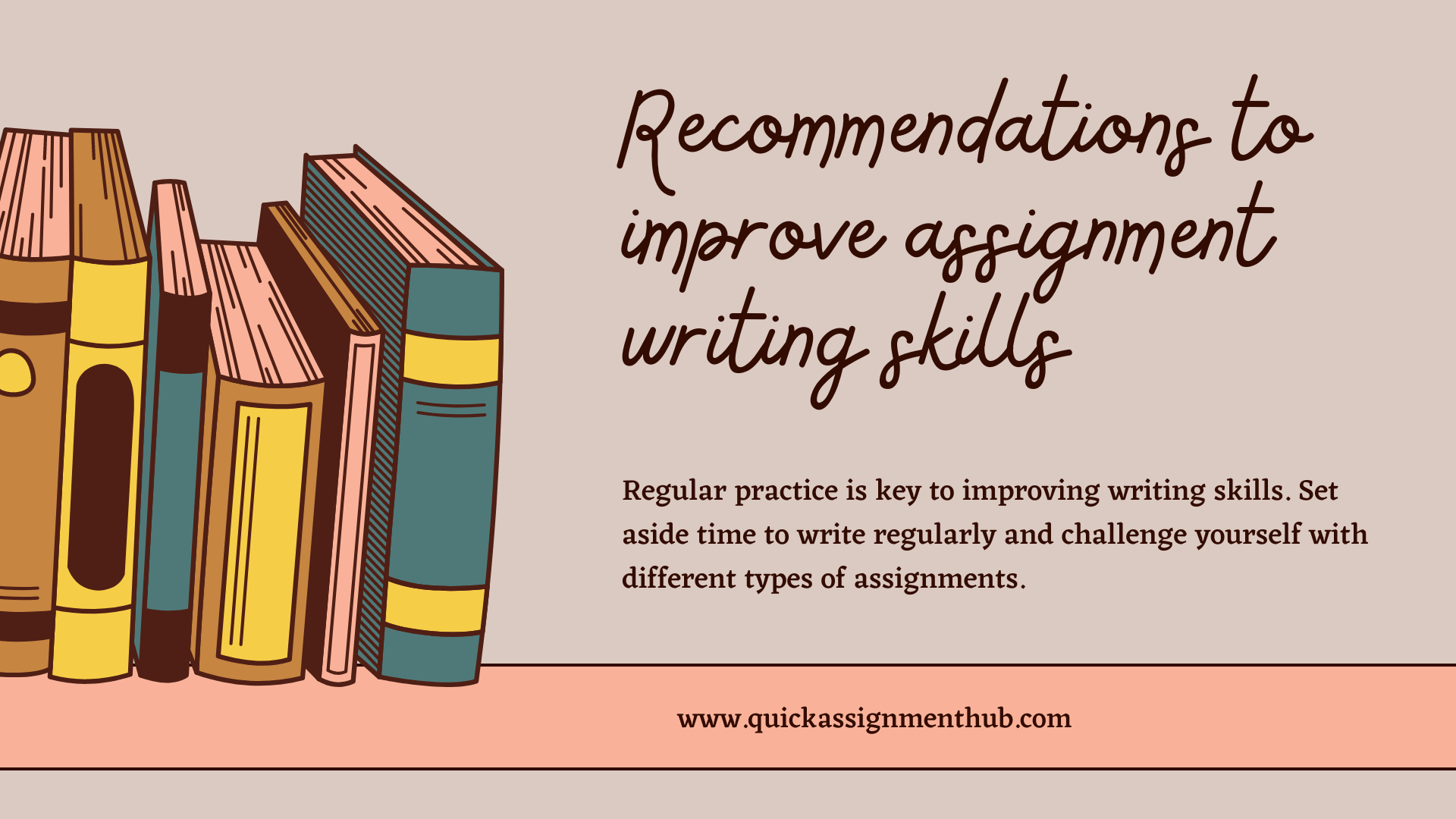Introduction
English grammar tenses effectively is a fundamental aspect of language education. Understanding and using tenses correctly is crucial for clear communication and proficient writing. In this article, we will explore various strategies and methods for English grammar tenses,
In this comprehensive guide, we will delve deep into the intricate world of English grammar tenses. Our aim is to provide you with an unparalleled resource that not only clarifies the fundamental concepts but also equips you with practical knowledge to master this essential aspect of the English language.
Understanding the Basics
Present Simple Tense
The present simple tense is your gateway to expressing routine actions, general truths, and timeless statements. It forms the foundation of English grammar. For instance, “I eat breakfast every morning” demonstrates a habitual action.
Present Continuous Tense
Moving forward, we explore the present continuous tense, used for actions happening right now or in the near future. It involves the use of ‘am,’ ‘is,’ or ‘are’ as auxiliary verbs along with the present participle of the main verb. An example would be, “She is reading a book.”
Present Perfect Tense
The present perfect tense comes into play when connecting past actions to the present. It combines ‘have’ or ‘has’ with the past participle. For instance, “They have visited the museum.”
Navigating the Past
Past Simple Tense
When narrating completed actions in the past, the past simple tense is your ally. It typically employs regular verbs with ‘-ed’ endings, such as “I walked to the store.”
Past Continuous Tense
This tense helps describe ongoing actions in the past. It employs ‘was’ or ‘were’ as auxiliary verbs along with the present participle. “She was studying all night” is an example.
Past Perfect Tense
When emphasizing the chronological order of past events, the past perfect tense is indispensable. It pairs ‘had’ with the past participle. Consider this example: “He had finished his homework before dinner.”
Venturing into the Future
Future Simple Tense
For expressing future actions or predictions, the future simple tense is your go-to. It employs ‘will’ or ‘shall’ followed by the base form of the verb. “They will arrive tomorrow.”
Future Continuous Tense
When highlighting ongoing actions in the future, the future continuous tense is essential. It uses ‘will be’ or ‘shall be’ with the present participle. For instance, “We will be traveling to Paris.”
Future Perfect Tense
To convey the completion of a future action before another action occurs, the future perfect tense is invaluable. It combines ‘will have’ or ‘shall have’ with the past participle. “By the time you arrive, I will have prepared dinner.”
The Complexities of Perfect Continuous Tenses
Present Perfect Continuous Tense
This tense signifies actions that started in the past and continue into the present. It employs ‘have been’ or ‘has been’ along with the present participle. “I have been studying all day.”
Past Perfect Continuous Tense
When discussing actions that occurred continuously in the past leading up to another point in time, the past perfect continuous tense is the choice. It combines ‘had been’ with the present participle. “She had been working for hours before her break.”
Future Perfect Continuous Tense
To express actions that will continue up to a certain point in the future, the future perfect continuous tense is employed. It combines ‘will have been’ or ‘shall have been’ with the present participle. For example, “By next year, I will have been living in this city for a decade.”
Summing It Up
In this extensive guide, we’ve covered the intricate details of English grammar tenses, from the basic present tenses to the complex perfect continuous tenses. With this comprehensive resource at your disposal, you’re well-equipped to navigate the nuances of English tenses with confidence. Whether you’re a student aiming to ace your exams or a professional striving to improve your communication skills, mastering English grammar tenses is a crucial step towards achieving your goals.
6. Technology-Based Learning
Incorporate technology, such as language learning apps and online quizzes, into your teaching methods. These tools can make learning tenses more engaging and accessible.
7. Differentiate Between Similar Tenses
Help learners understand the subtle differences between similar tenses, such as present simple and present continuous. Use practical examples to highlight distinctions. Analyze common tense-related errors made by learners. By addressing these mistakes,
Confusing Irregular Verbs
Explain irregular verbs and their unique tense forms. Practice with irregular verbs can help students overcome this common stumbling block Teaching learners how to navigate mixed tenses, where different tenses appear in a single sentence or paragraph.
Present Perfect Continuous Tense
This tense signifies actions that started in the past and continue into the present. It employs ‘have been’ or ‘has been’ along with the present participle.
Past Perfect Continuous Tense
When discussing actions that occurred continuously in the past leading up to another point in time, the past perfect continuous tense is the choice.
Future Perfect Continuous Tense
To express actions that will continue up to a certain point in the future, the future perfect continuous tense is employed. It combines ‘will have been’ or ‘shall have been’ with the present participle. For example, “By next year, I will have been living in this city for a decade.”
Summing It Up
In this extensive guide, we’ve covered the intricate details of English grammar tenses, from the basic present tenses to the complex perfect continuous tenses. you’re well-equipped to navigate the nuances of English tenses with confidence. mastering English grammar tenses is a crucial step towards achieving your goals.
The Ongoing Journey of Language Learning
Teaching and learning tenses is not a one-time endeavor but an ongoing process. As a teacher or learner, stay patient and persistent. Language acquisition takes time, and mistakes are part of the journey. Encourage your students to embrace errors as opportunities for growth.
Embracing Technology
In the digital age, technology can be a valuable ally in teaching tenses. There are numerous language learning apps and platforms available that offer interactive exercises, quizzes, and practice materials tailored to different proficiency levels.
Collaborative Learning
Consider organizing group activities and collaborative projects that require students to use tenses in real-life situations. Collaborative learning not only reinforces language skills but also fosters teamwork and communication.For a deeper understanding of tenses, encourage students to immerse themselves in the culture of the language they are learning.
FAQs
1. How long does it take to learn all English tenses proficiently?
The time it takes to master English tenses varies from person to person. With consistent practice and effective teaching methods, learners can achieve proficiency in a few months to a year.
2. Are there any shortcuts to learning English tenses quickly?
While there are no shortcuts, immersive language experiences and daily practice can expedite the learning process.
3. Is it essential to memorize all irregular verbs for tense mastery?
Memorizing irregular verbs is beneficial but not the sole requirement for tense mastery. Understanding their usage in context is equally important.
4. What is the most challenging tense for English learners?
The complexity of tenses varies among learners, but many find the present perfect tense challenging due to its nuanced usage.
5. Can I teach English tenses to young children effectively?
Yes, adapting teaching methods to suit the age and comprehension level of young learners can make teaching tenses enjoyable and effective.





